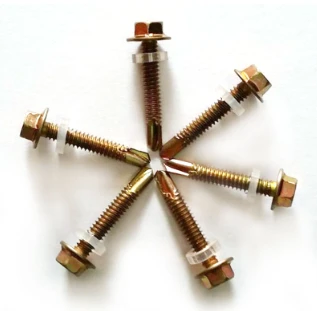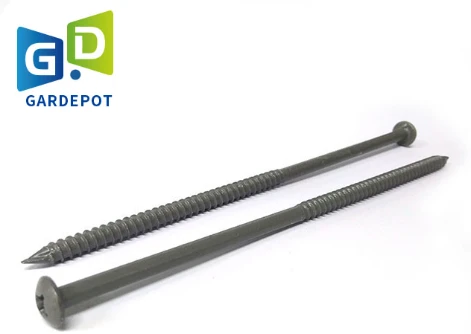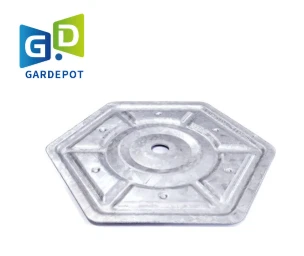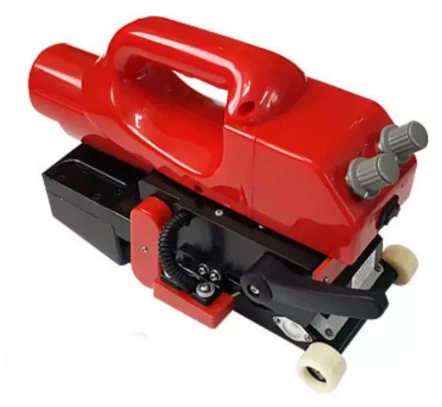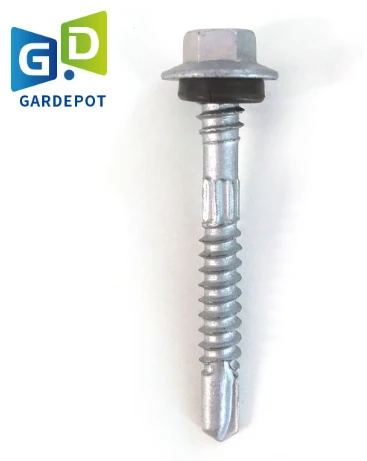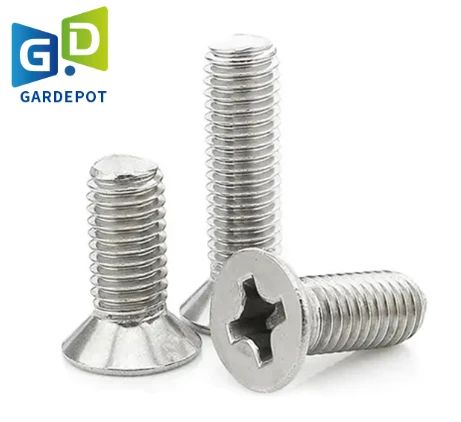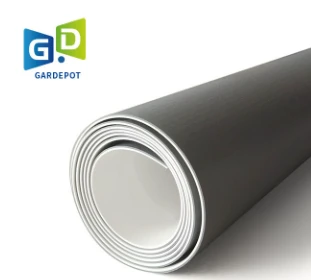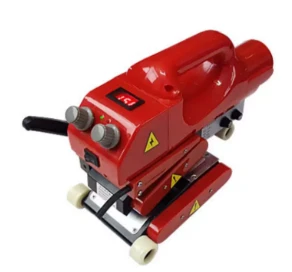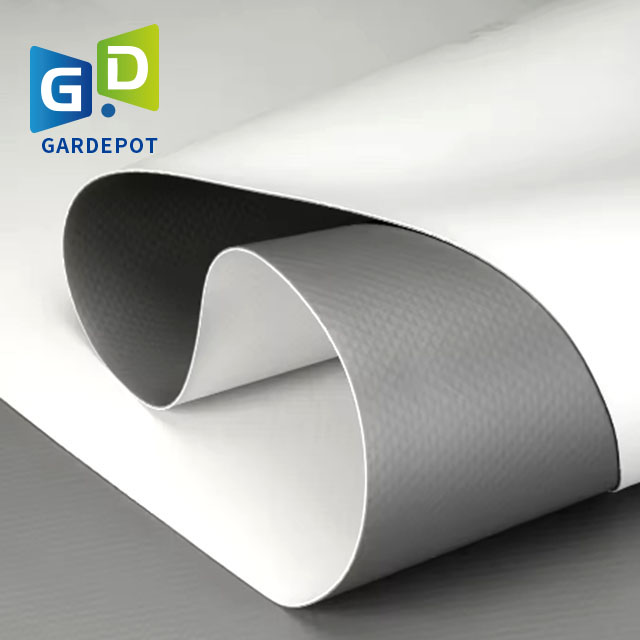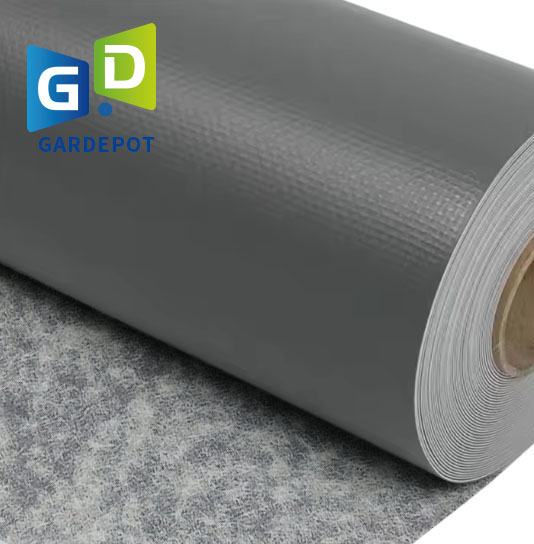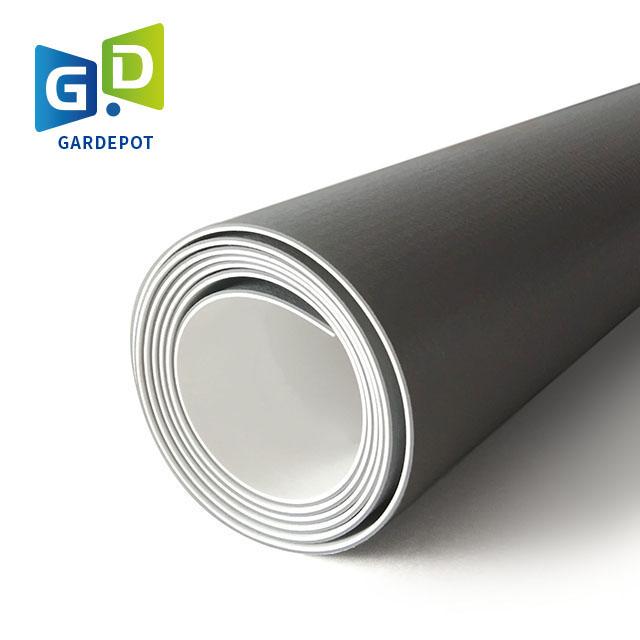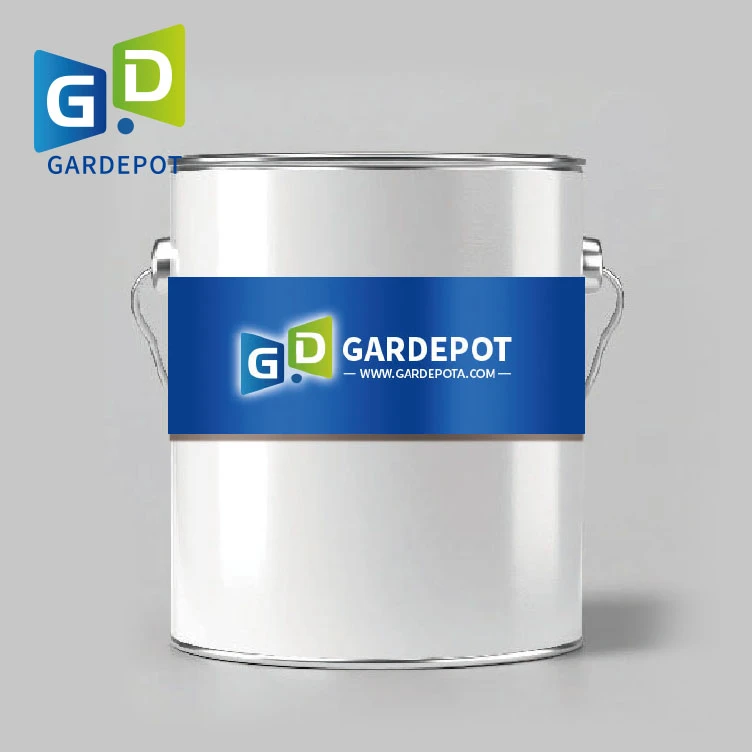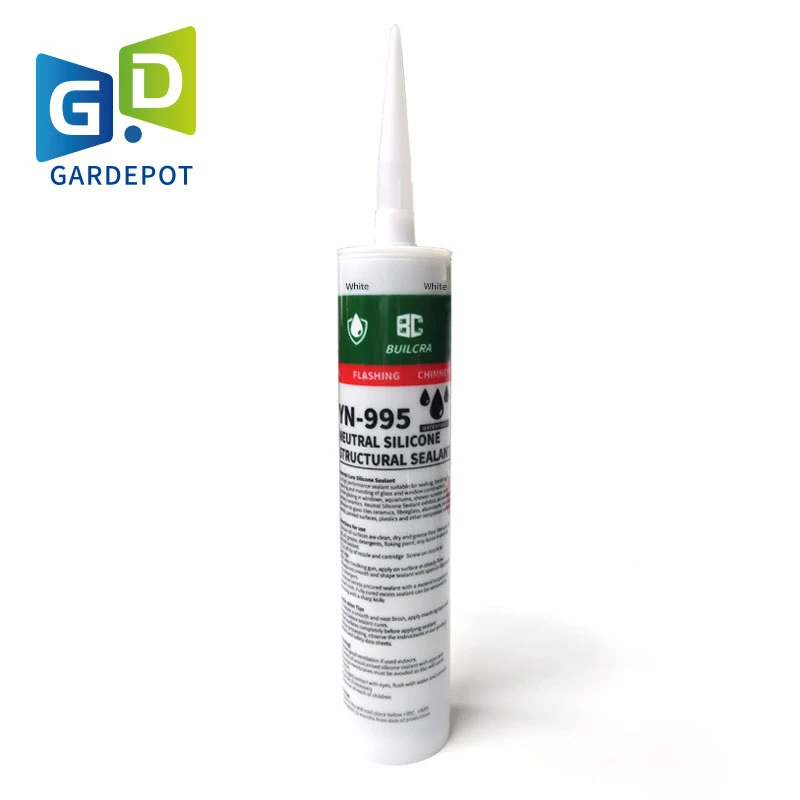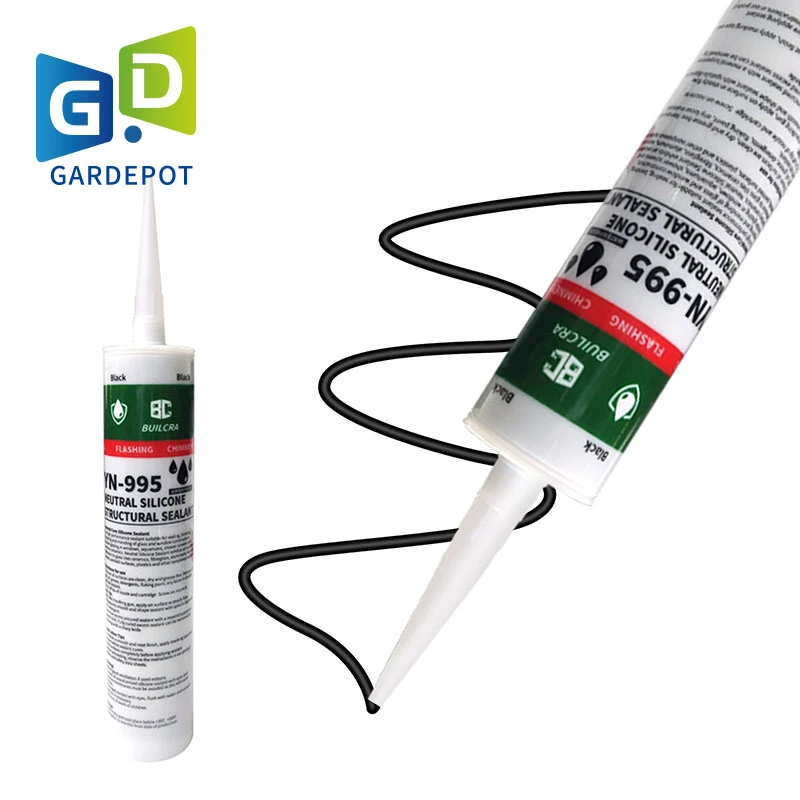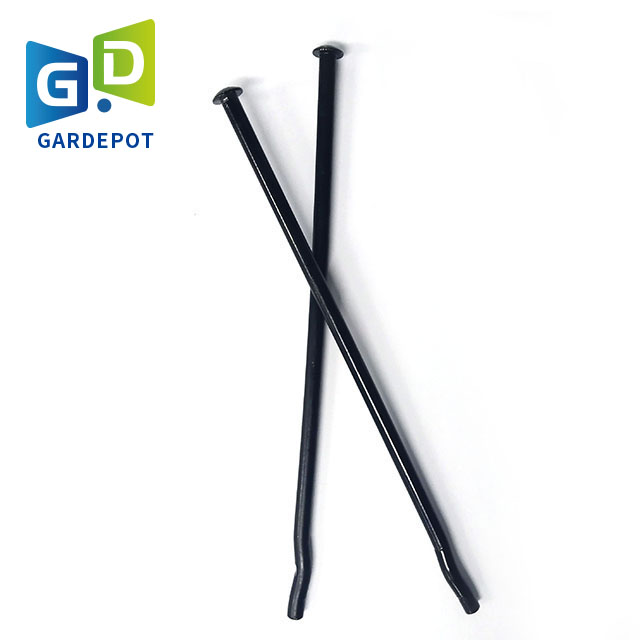- Dom
- Aktualności
- Affordable Rubber Roofing Membrane Cost & Installation
Affordable Rubber Roofing Membrane Cost & Installation
In the dynamic landscape of modern construction, selecting the right roofing membrane is a critical decision that impacts not only initial expenditure but also long-term performance, maintenance, and energy efficiency. While the cost of rubber roofing membrane, specifically EPDM (Ethylene Propylene Diene Monomer), has long been a benchmark for flat and low-slope roofs, advancements in polymer technology have introduced sophisticated alternatives like PVC (Polyvinyl Chloride) membranes, which offer compelling advantages in terms of durability, sustainability, and overall lifecycle value. This comprehensive guide delves into the nuances of roofing membranes, comparing traditional options with cutting-edge solutions, and highlighting why a holistic understanding of cost—beyond the initial price tag—is paramount.
Industry Trends and Evolution in Roofing Membranes
The roofing industry is experiencing a significant shift towards more sustainable, energy-efficient, and durable materials. Historically, built-up roofs (BUR) and modified bitumen were standard, but they often presented challenges regarding longevity, installation complexity, and environmental impact. The advent of single-ply membranes, including EPDM, TPO (Thermoplastic Polyolefin), and PVC, revolutionized the sector. EPDM, often referred to as "rubber roofing," gained popularity for its flexibility, UV resistance, and relatively low upfront cost of rubber roofing membrane. However, its thermoset nature (meaning it cannot be热焊熔合) often necessitates taped or adhesive seams, which can be prone to failure over time, particularly under extreme thermal cycling.
Conversely, thermoplastic membranes like PVC and TPO offer heat-welded seams, creating a monolithic, watertight surface that is inherently more robust against leaks. This technological leap addresses a primary point of failure in traditional roofing systems, providing superior long-term performance. Furthermore, the push for green building initiatives and stringent energy codes has accelerated the adoption of reflective and recyclable roofing materials, where PVC and TPO often excel due to their lighter colors and potential for end-of-life recycling.
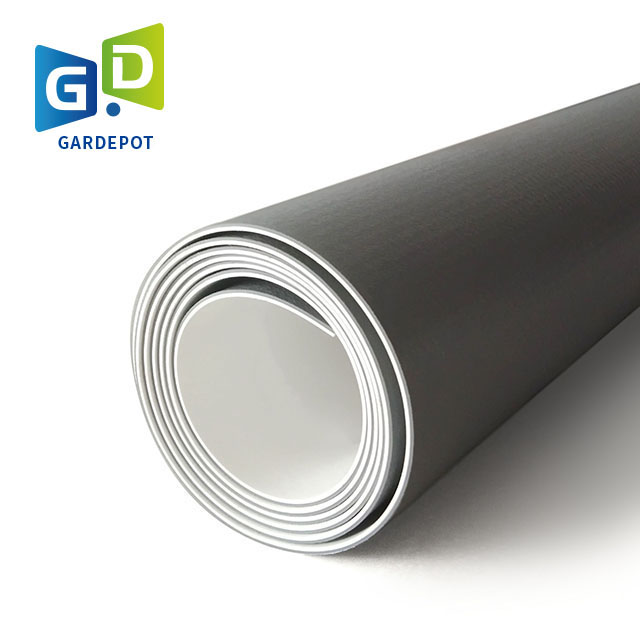
Technical Parameters and Comparative Analysis: EPDM vs. TPO vs. PVC
Understanding the technical specifications of different roofing membranes is crucial for making an informed decision. While evaluating the cost of rubber roofing membrane might seem straightforward, the true value lies in performance characteristics over decades.
EPDM Roof Membrane Thickness and Properties
EPDM membranes are synthetic rubber compounds known for their elasticity and resistance to UV radiation and ozone. They are typically available in thicknesses ranging from 45 mil (0.045 inches) to 90 mil (0.090 inches). The thicker the membrane, the higher the initial cost of rubber roofing membrane, but also potentially the longer its lifespan and puncture resistance. A key characteristic of EPDM is its thermoset nature; once cured, its molecular structure is fixed. This means seams must be joined using adhesive tapes or liquid adhesives, which rely on chemical bonding and can be vulnerable to material shrinkage, adhesive degradation, or improper application over time. EPDM is generally black, absorbing sunlight and contributing to higher roof surface temperatures, although white EPDM is available at a higher cost.
TPO EPDM Roofing: Understanding Thermoplastic Olefins
TPO membranes are a blend of polypropylene and ethylene-propylene rubber. Unlike EPDM, TPO is a thermoplastic, meaning it can be heat-welded. This property allows for seamless, monolithic installations, significantly reducing the risk of leaks at the seams, which are often the weakest points in a roofing system. TPO is typically lighter in color (white, grey, tan), offering excellent solar reflectivity and contributing to lower cooling costs for buildings. Standard TPO thicknesses range from 45 mil to 80 mil. While TPO has gained significant market share due to its heat-welded seams and reflective properties, early generations faced challenges with long-term flexibility and weathering, though modern formulations have largely addressed these concerns.
PVC Membrane: The Advanced Roofing Solution
Our product, Membrana PVC, stands out as a superior thermoplastic roofing solution. It is composed of PVC resin, plasticizers for flexibility, UV stabilizers, and often a polyester reinforcement scrim for added strength and dimensional stability. PVC membranes typically range from 40 mil to 80 mil in thickness. Key advantages include:
- Heat-Welded Seams: PVC membranes are fully weldable, creating a molecular bond stronger than the membrane itself. This eliminates the vulnerability of taped or adhesive seams.
- Superior Chemical Resistance: PVC offers excellent resistance to many chemicals, greases, oils, and industrial pollutants, making it ideal for restaurants, chemical plants, and other industrial applications where spills might occur.
- Fire Resistance: PVC is inherently fire-retardant and self-extinguishing, often achieving high fire ratings (e.g., Class A).
- Puncture Resistance: Reinforced PVC membranes provide exceptional resistance to punctures and tears, crucial for high-traffic roofs or those supporting HVAC units.
- Energy Efficiency: Available in light colors, PVC reflects a significant portion of solar radiation, reducing the urban heat island effect and lowering building cooling loads.
- Longevity: With proper installation and maintenance, PVC membranes have a proven track record of lasting 20-30 years or even longer.
Comparative Table: Roofing Membrane Characteristics
To further illustrate the differences and aid in understanding the long-term value beyond the initial cost of rubber roofing membrane, here’s a comparison:
| Feature | EPDM (Rubber) | TPO | PVC Membrane (Gardepota) |
|---|---|---|---|
| Material Composition | Synthetic rubber (Ethylene Propylene Diene Monomer) | Polypropylene & Ethylene-Propylene Rubber blend | Polyvinyl Chloride resin, plasticizers, UV stabilizers, polyester scrim |
| Typical Thickness | 45-90 mil | 45-80 mil | 40-80 mil (standard) |
| Seam Method | Adhesive/Tape (Thermoset) | Heat-Welded (Thermoplastic) | Heat-Welded (Thermoplastic) |
| Seam Strength | Dependent on adhesive quality & application; can degrade over time. | Stronger than membrane itself; durable, uniform. | Stronger than membrane itself; durable, uniform; virtually impervious. |
| UV Resistance | Excellent | Good to Excellent (modern formulations) | Excellent |
| Chemical Resistance | Fair (can degrade with oils/greases) | Good | Excellent (resists oils, greases, many industrial chemicals) |
| Fire Resistance | Varies, often requires fire retardant treatment | Good to Excellent | Inherently fire-retardant, self-extinguishing (Class A ratings common) |
| Puncture Resistance | Fair to Good (thickness dependent) | Good | Excellent (especially with reinforced scrim) |
| Recyclability Potential | Limited | Limited (can be recycled if clean) | High (can be recycled back into new products) |
| Energy Efficiency (Reflectivity) | Low (black, high heat absorption); white EPDM available but costly. | High (typically light colored, high reflectivity) | High (light colored, high reflectivity, Cool Roof certified) |
| Typical Lifespan | 15-25 years | 15-25 years | 20-30+ years |
| Installation Complexity (installing rubber roof membrane) | Moderately easy (large sheets); seam prep is crucial. | Requires specialized heat-welding equipment and skilled labor. | Requires specialized heat-welding equipment and skilled labor. |
| Long-Term Maintenance | Requires regular seam inspection and repair. | Generally low. | Very low; easy to clean and repair if necessary. |
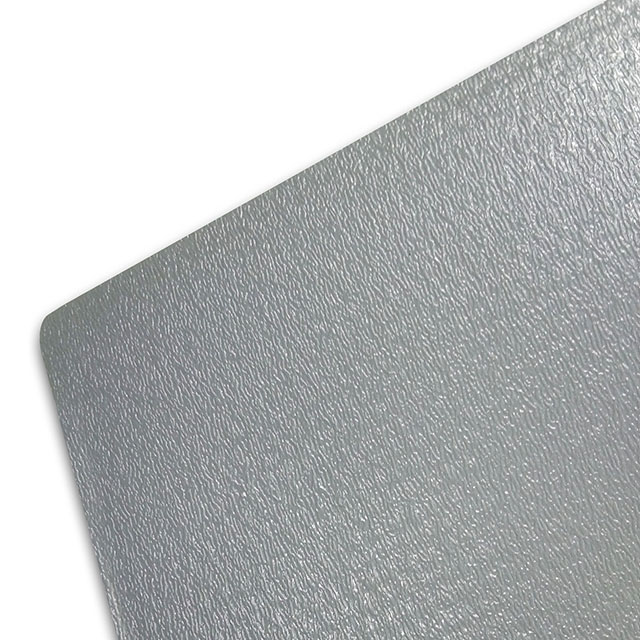
Application Scenarios and Strategic Advantages
The choice of roofing membrane heavily depends on the specific application and environmental conditions. While the cost of rubber roofing membrane might initially appear appealing, its limitations in certain scenarios can lead to higher lifecycle costs.
- Commercial & Industrial Buildings: For large commercial and industrial flat roofs, our Membrana PVC is an excellent choice. Its superior chemical resistance makes it ideal for facilities exposed to chemicals, oils, and greases (e.g., manufacturing plants, restaurants, laboratories). Its inherent fire resistance is crucial for safety-sensitive environments.
- Low-Slope Roofs & Green Roofs: PVC's robust seam strength and root resistance make it highly suitable for green roofs and plaza deck applications where waterproofing integrity is paramount and vegetative growth or pedestrian traffic is present.
- High-Wind Regions: The mechanical fastening and heat-welded seams of PVC provide exceptional wind uplift resistance, a critical factor in hurricane-prone areas.
- Energy-Efficient Buildings: The reflective properties of light-colored PVC membranes contribute significantly to LEED certification goals and lower HVAC costs, aligning with current building codes and sustainability trends.
- Renovation Projects: PVC membranes can often be installed directly over existing roofing systems, reducing tear-off costs and landfill waste, a significant factor in overall project economics.
Factors Influencing the Cost of Rubber Roofing Membrane and Alternatives
The cost of rubber roofing membrane (EPDM) is influenced by various factors, from raw material prices to manufacturing complexity and installation methods. Understanding these factors provides a clearer picture when comparing it with advanced solutions like PVC.
Raw Material and Manufacturing Process Impact on Cost
The primary raw material for EPDM is derived from petroleum. Its manufacturing involves polymerization and vulcanization (curing) processes, which make it a thermoset material. Once cured, it cannot be remelted and reshaped. This characteristic impacts how it's installed (adhesives, tapes) and its end-of-life recycling potential (limited). The cost of these raw materials and the energy-intensive vulcanization process are significant contributors to the overall cost of rubber roofing membrane.
In contrast, PVC membranes are produced through a more versatile process that allows for greater control over material properties. Let's look at the manufacturing process of Gardepota's Membrana PVC, which contributes to its performance and value proposition:
PVC Membrane Manufacturing Process Detail (Gardepota Example):
The production of high-quality PVC membrane involves precise engineering and strict quality control, ensuring the final product meets the demanding standards of modern roofing. This meticulous process ensures exceptional durability, performance, and a competitive total cost of ownership, often surpassing the perceived lower initial cost of rubber roofing membrane.
1. Raw Material Preparation:
- Polyvinyl Chloride (PVC) Resin: High-grade PVC polymer powder forms the base.
- Plasticizers: Added to impart flexibility and pliability to the rigid PVC, crucial for roofing applications.
- Stabilizers & Additives: UV stabilizers (to resist degradation from sunlight), heat stabilizers (for processing), fire retardants, pigments (for color and reflectivity), and biocides (to resist mold/mildew) are carefully blended.
- Reinforcement Scrim (for reinforced membranes): High-strength polyester or fiberglass fabric is prepared, providing dimensional stability and tear resistance.
2. Compounding & Mixing:
- All raw materials are accurately weighed and fed into high-speed mixers.
- This ensures a homogeneous blend, crucial for consistent membrane properties.
- Process control is vital here to maintain desired material flow and prevent degradation.
3. Extrusion or Calendering (Primary Forming):
- Extrusion: The mixed compound is fed into an extruder, melted, and forced through a die to form a continuous sheet of specific thickness. This method is excellent for producing uniform, high-quality films.
- Calendering: Alternatively, the molten PVC compound passes through a series of heated rollers (calenders) that progressively press and shape it into a thin, uniform sheet. This method is often preferred for producing wider sheets and achieving precise thickness control.
- (示意图/短视频链接 - Placeholder for visual representation of Extrusion/Calendering process)
- Key Nodes: Temperature control zones, die pressure, roller gap settings.
4. Lamination (for Reinforced Membranes):
- If producing a reinforced PVC membrane, the reinforcing scrim (e.g., polyester fabric) is fed into the laminating section.
- The newly formed PVC sheets (from extrusion or calendering) are laminated onto both sides of the scrim under heat and pressure. This creates a strong bond, encapsulating the scrim within the PVC layers.
- (图解结合流程箭头 - Placeholder for diagram showing scrim sandwiched between PVC layers)
- Key Nodes: Laminating pressure, heat control for optimal adhesion.
5. Cooling & Trimming:
- The hot PVC membrane passes over cooling rollers to solidify its structure and prevent distortion.
- Edges are precisely trimmed to ensure uniform width and prepare the membrane for winding.
6. Quality Control & Testing:
- Throughout the process, and especially at the end, the membrane undergoes rigorous testing.
- Thickness Measurement: Continuous online monitoring and off-line checks.
- Tensile Strength & Elongation: Tests confirm the material's ability to stretch without breaking (e.g., ASTM D882, ISO 527).
- Tear Resistance: Evaluated to ensure robustness against punctures (e.g., ASTM D1004, ISO 6383).
- Puncture Resistance: Critical for roofing, tested against various impacts.
- Weathering & UV Resistance: Accelerated weathering tests simulate long-term exposure to sunlight and environmental factors (e.g., ASTM G154/G155).
- Seam Peel Strength: Samples are heat-welded and tested to ensure the seam strength exceeds the membrane's strength.
- Dimensional Stability: Ensures the membrane won't shrink or expand excessively with temperature changes.
- Manufacturing Standards: Adherence to international standards such as ISO 9001 (Quality Management), ISO 14001 (Environmental Management), and product-specific standards like ASTM D4434 (for PVC roofing membranes) and ANSI/SPRI ES-1 (for wind design).
7. Winding & Packaging:
- The finished PVC membrane is wound onto large rolls, typically with protective interleaving.
- Each roll is inspected, labeled with product specifications, and packaged for shipment.
This sophisticated manufacturing process ensures that our PVC Membrane delivers exceptional performance. The precise control over material composition and the ability to heat-weld seams directly contributes to a longer service life (often 20-30 years) and lower long-term maintenance costs, significantly offsetting the initial cost of rubber roofing membrane alternatives.
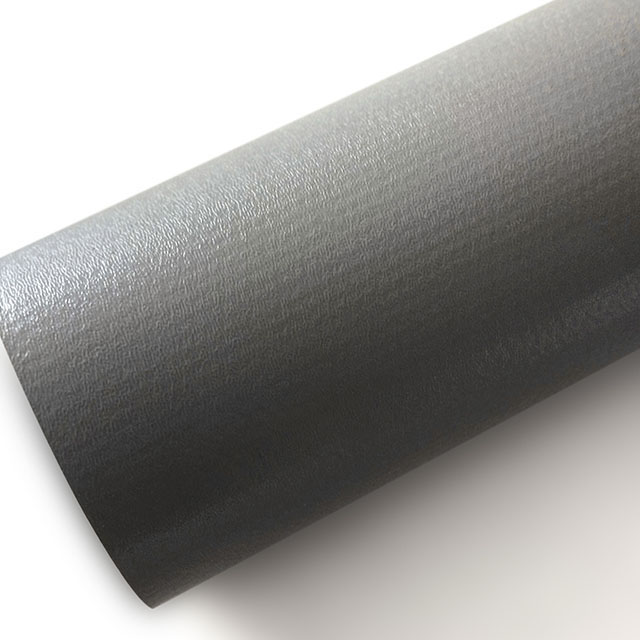
Real-World Cost of Rubber Roofing Membrane Parameters vs. PVC
When considering the total cost of rubber roofing membrane versus PVC, it's essential to look beyond the per-square-foot material price. Here’s a breakdown of influencing factors and a comparative cost estimate:
| Cost Factor | EPDM (Rubber) | Membrana PVC | Notes / Impact on Total Cost |
|---|---|---|---|
| Material Cost (per sq ft) | $0.70 - $1.50 | $1.20 - $2.50 | EPDM can be cheaper initially, but material quality and thickness vary. PVC's higher cost reflects advanced properties. |
| Installation Labor Cost (per sq ft) | $3.00 - $6.00 | $3.50 - $7.00 | installing rubber roof membrane involves adhesive application and specific seam treatments. PVC requires specialized heat-welding, potentially skilled labor, but offers faster large-area coverage once proficient. |
| Adhesives/Tapes/Fasteners (per sq ft) | $0.20 - $0.50 | $0.10 - $0.30 | EPDM relies heavily on costly adhesives and tapes for seams. PVC uses fewer adhesives, mainly for perimeter securement. |
| Insulation & Deck Prep (per sq ft) | $1.00 - $3.00 | $1.00 - $3.00 | Similar for both, depends on R-value requirements and deck condition. |
| Total Installed Cost Range (per sq ft) | $5.00 - $10.00+ | $6.00 - $12.00+ | Initial cost difference can be minimal depending on project specifics. |
| Lifespan (Years) | 15-25 | 20-30+ | PVC's longer lifespan significantly reduces per-year cost of ownership. |
| Maintenance & Repair Costs (annual avg) | Higher (seam repairs, patching) | Lower (durable seams, easy cleaning) | EPDM's adhesive seams are common failure points. PVC's welded seams are virtually maintenance-free. |
| Energy Savings (HVAC) | Lower (black EPDM absorbs heat) | Higher (light colors reflect heat) | Significant long-term savings for PVC in warmer climates due to reduced cooling loads. |
| Disposal/Recycling Cost | High (landfill, difficult to recycle) | Lower (potential for recycling programs) | Future environmental regulations will favor recyclable materials. |
| Total Lifecycle Cost (ROI) | Higher (due to maintenance, energy, shorter life) | Lower (due to durability, energy savings, longer life) | PVC often provides superior ROI over the building's lifespan. |
Note: All cost figures are estimates and can vary widely based on geographic location, project size, material quality, labor rates, and specific design requirements. Consultation with a qualified roofing contractor is always recommended for accurate quotes.
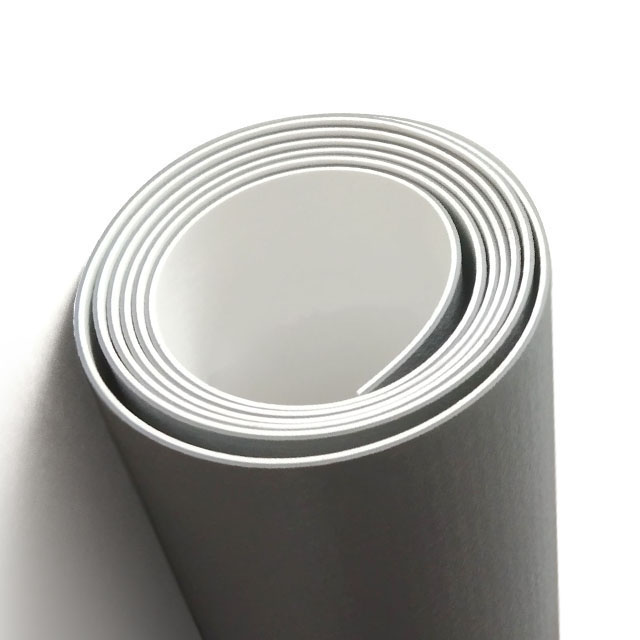
Manufacturer Comparison and Choosing the Right Partner
When selecting a roofing membrane, the manufacturer's reputation, product quality, and support services are as crucial as the product itself. Gardepota is committed to delivering excellence in PVC Membrane solutions. We believe in transparency and adherence to global standards.
Key Considerations for Manufacturer Selection:
- Certifications: Look for manufacturers with ISO 9001 (Quality Management System) and ISO 14001 (Environmental Management System) certifications. Our PVC Membrane product adheres to strict international quality standards such as ASTM D4434, ensuring consistent performance.
- R&D and Innovation: A strong commitment to research and development ensures that the products incorporate the latest advancements in polymer science, leading to enhanced durability, flexibility, and sustainability.
- Technical Support: Reputable manufacturers offer comprehensive technical support, from specification assistance to installation guidance and post-installation troubleshooting.
- Warranty & Service Life: Understand the warranty terms and conditions. Our PVC Membranes typically come with extensive warranties, reflecting their projected service life of 20-30 years, significantly longer than many initial estimates for the cost of rubber roofing membrane options.
- Industry Partnerships & Authoritative Citations: Companies with strong ties to industry associations (e.g., SPRI, NRCA) and affiliations with reputable testing bodies (e.g., FM Approvals, UL) demonstrate a commitment to industry best practices and quality. We ensure our products meet or exceed these benchmarks.
Custom Solutions and Design Flexibility
Every roofing project is unique, presenting distinct challenges and requirements. Our Membrana PVC system offers unparalleled flexibility for custom solutions. Whether it's a complex architectural design, specific chemical resistance needs for industrial facilities (e.g., petrochemical plants, metallurgical facilities), or advanced drainage solutions for stormwater management, PVC can be tailored.
- Thickness and Reinforcement: Membranes can be specified in various thicknesses (40 mil, 60 mil, 80 mil) and with different reinforcement types (polyester scrim) to meet specific puncture resistance and wind uplift requirements.
- Color and Reflectivity: While white is standard for energy efficiency, custom colors can be produced for aesthetic considerations, without compromising performance.
- Installation Methods: PVC membranes support various installation methods, including mechanically fastened, fully adhered, and inverted roof membrane assembly (IRMA), offering adaptability to different deck types and building designs.
- System Components: A complete PVC system includes pre-fabricated accessories, flashings, and drains, ensuring a comprehensive, watertight solution that integrates seamlessly with the membrane.
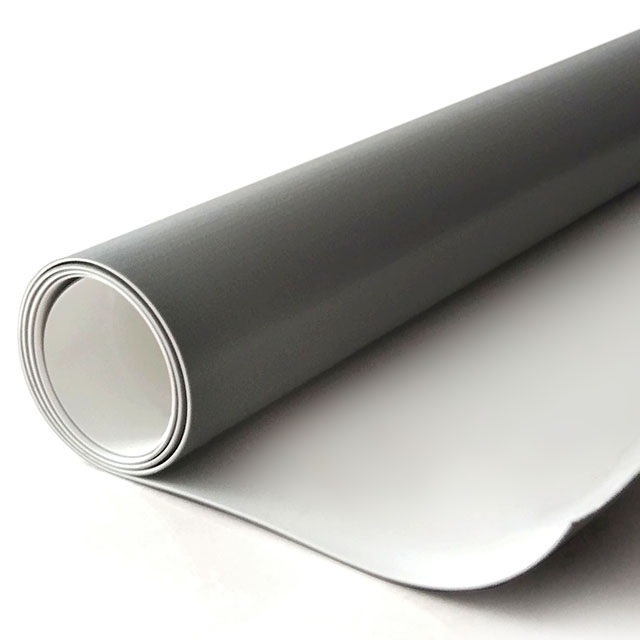
Application Cases and Customer Experience
Our PVC Membrane has been successfully deployed in a diverse range of challenging environments globally, demonstrating its superior performance and long-term value, often proving a more cost-effective solution than the initial cost of rubber roofing membrane suggests. From vast industrial complexes requiring robust chemical resistance in the petrochemical and metallurgy sectors to critical infrastructure like water treatment plants (given its excellent resistance to water and chemicals, ideal for give-drainage applications where containment is key), our membranes have consistently delivered.
Case Study Snippets (Illustrative):
- Large Industrial Warehouse (Midwest, USA): Client faced recurring leaks with their existing modified bitumen roof. Our 60-mil PVC membrane was installed over the existing system. The heat-welded seams and high puncture resistance proved critical. Feedback highlighted significantly reduced maintenance, lower cooling costs due to the reflective surface, and an overall more reliable roofing system within the first two years of operation.
- Coastal Commercial Building (Florida, USA): Located in a high-wind zone, the building needed a robust solution. Our mechanically fastened 80-mil PVC membrane provided exceptional wind uplift resistance. The ease of installing rubber roof membrane (or rather, its PVC counterpart) via mechanical fastening combined with the superior seam strength ensured hurricane-readiness. The client praised the system's resilience and the peace of mind it offered during storm seasons.
- Data Center (California, USA): Fire safety and energy efficiency were paramount. Our PVC membrane, with its Class A fire rating and high reflectivity, was chosen. The client reported measurable reductions in their HVAC load, contributing to significant energy savings and meeting their sustainability goals. The membrane’s anti-corrosion properties also ensured longevity in industrial settings.
These examples underscore the practical experience and proven track record of our PVC membranes in real-world scenarios, reinforcing the decision to invest in a solution that outlasts and outperforms, making the long-term investment far more favorable than merely considering the upfront cost of rubber roofing membrane.
Frequently Asked Questions (FAQ) about Roofing Membranes
1. What is the average lifespan of a PVC Membrane compared to EPDM?
Gardepota's PVC Membranes are designed for longevity, with a typical service life of 20-30 years, often exceeding this with proper maintenance. EPDM membranes generally last 15-25 years. The difference is largely due to PVC's heat-welded seams and superior material stability over time.
2. How does the thickness of the membrane affect its performance and cost?
Thicker membranes (e.g., 80 mil vs. 40 mil) generally offer enhanced puncture resistance, tear strength, and a longer lifespan. While they contribute to a higher initial cost of rubber roofing membrane or PVC, the added durability often translates to lower long-term maintenance and replacement costs, offering a better return on investment.
3. What are the key advantages of heat-welded seams over adhesive seams?
Heat-welded seams, characteristic of thermoplastic membranes like PVC and TPO, create a molecular bond between membrane sheets that is stronger than the membrane material itself. This eliminates the common failure points associated with adhesive or taped seams found in thermoset membranes like EPDM, which can degrade or lose adhesion over time due to thermal cycling and environmental exposure. This significantly impacts the overall cost of ownership by reducing leak potential and maintenance.
4. Is PVC Membrane suitable for all climates?
Yes, PVC membranes are highly versatile and perform exceptionally well in diverse climates. Their flexibility is maintained in cold temperatures, and their UV stability and reflectivity are advantageous in hot, sunny regions. This adaptability makes them a superior choice compared to considering just the cost of rubber roofing membrane for varied environmental conditions.
5. What testing standards should a high-quality roofing membrane adhere to?
Reputable roofing membranes should meet or exceed industry standards such as ASTM International (e.g., ASTM D4434 for PVC), FM Approvals (for property loss prevention, including wind uplift and fire), UL (Underwriters Laboratories for fire ratings), and ANSI/SPRI ES-1 (for wind design standards). Our products are rigorously tested to these standards to ensure maximum reliability and performance.
6. How does PVC Membrane contribute to energy efficiency?
Our PVC Membranes are predominantly manufactured in light colors, such as white, which possess high solar reflectivity. This means they reflect a significant portion of the sun's energy rather than absorbing it, leading to lower roof surface temperatures. This "Cool Roof" effect reduces heat transfer into the building, significantly lowering the demand on HVAC systems and contributing to substantial energy savings, a factor that often outweighs the initial cost of rubber roofing membrane.
7. What is the typical delivery cycle for PVC Membrane products?
Our standard delivery cycle for PVC Membrane products typically ranges from 2 to 4 weeks, depending on the order volume, specific product configuration, and destination. For urgent projects or large-scale orders, we work closely with clients to optimize logistics and meet critical timelines. We maintain robust inventory levels and efficient production lines to ensure timely dispatch.
8. What kind of warranty and customer support does Gardepota offer for PVC Membrane?
Gardepota stands behind the quality and durability of our PVC Membranes with comprehensive warranties, typically ranging from 15 to 20 years, covering material defects and specified performance criteria. Our dedicated customer support team provides expert technical assistance, installation guidance, and post-sales service, ensuring peace of mind throughout the membrane's extensive service life.
Conclusion: Investing in Long-Term Value Beyond Initial Cost
While the initial cost of rubber roofing membrane may appear attractive, a thorough evaluation reveals that advanced solutions like our Membrana PVC offer unparalleled long-term value. From superior heat-welded seam integrity and exceptional chemical resistance to inherent fire retardancy and significant energy savings, PVC provides a robust, sustainable, and cost-effective roofing solution for a vast array of applications, including the demanding petrochemical, metallurgy, and water supply/drainage sectors.
The total cost of ownership, encompassing installation, maintenance, energy consumption, and lifespan, consistently demonstrates PVC's economic advantage over traditional options. By choosing a high-quality PVC membrane from a reputable manufacturer like Gardepota, backed by rigorous testing, comprehensive warranties, and expert support, building owners can secure a roofing system that delivers peace of mind, operational efficiency, and a superior return on investment for decades to come.
For further insights into roofing membrane technology and industry best practices, we recommend exploring resources from authoritative bodies:
- The National Roofing Contractors Association (NRCA): https://www.nrca.net/
- SPRI (Single Ply Roofing Industry): https://www.spri.org/
- Construction Specifier Magazine: https://www.constructionspecifier.com/

